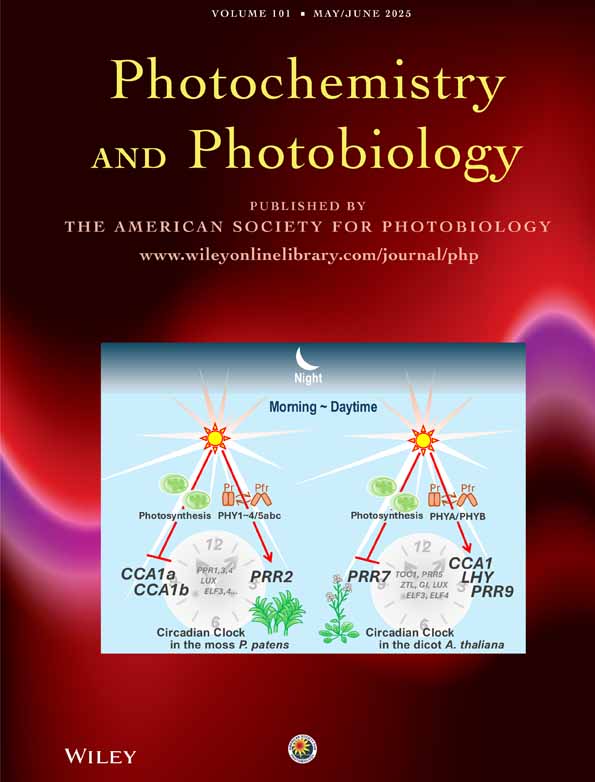The Effects of pH and Ionic Strength on the Aggregation of Bacteriochlorophyll c in Aqueous Organic Media: The Possibility of Two Kinds of Aggregates
Abstract
The aggregation behavior of two homologs of bacteriochlorophyll c (BChl c) in various media was investigated for the effects of pH and salt, and the corresponding structures were analyzed by Fourier transform (FT)-IR spectroscopy. R-[P, E] BChl cF (31-R-form of BChl c with a propyl group at the C-8 position and an ethyl group at the C-12 position) and R-[E, E] BChl cF (31-R-form of BChl c with two ethyl groups at positions C-8 and C-12) were isolated from the green sulfur bacterium Chloro-bium limicola. Aggregates of each homolog showed a pH-dependent shift of the absorption maximum; at low pH, the peak moved to the red. This tendency was also revealed by circular dichroic spectra. A similar red shift of the peak was also induced by a high concentration of salt (NaCl) or buffer for both homologs. The FT-IR spectrum indicates that at low pH, both homologs formed a rather amorphous aggregate. On the other hand, a regular structure of R-[P, E] BChl cF was indicated in an acetone-water mixture. This structure was stabilized by a triangular interaction among three pigment molecules through the Mg-OH (3>) O = C (131) linkage. This structure was not found for R-[E, E] BChl cF. These results indicate that the replacement of the side chain at the C-8 position on the macrocycle induces a change in aggregation behavior. A possible heterogeneity of the in vivo rod structure of chlorosomes in green sulfur bacteria is discussed based on the above results.




